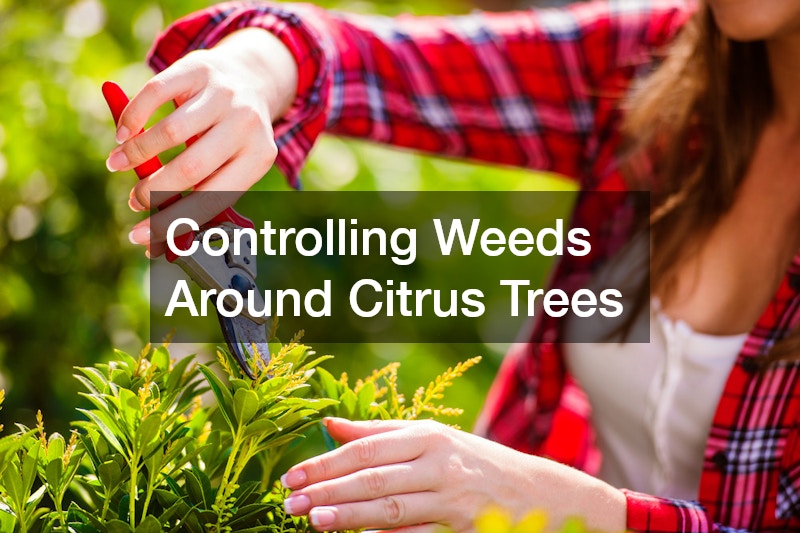Citrus trees, with their vibrant fruits and lush green foliage, add a delightful touch to any garden. However, cultivating these trees requires more than just regular watering and fertilizing. Understanding common mistakes and implementing best practices is crucial for ensuring healthy growth and bountiful harvests. Here are some essential tips for growing healthy citrus trees and avoiding frequent pitfalls.
Pruning Citrus Trees: What to Avoid
Pruning is a critical aspect of tree care, but citrus trees have unique needs compared to other fruit trees. Unlike many trees that benefit from thinning their interior to increase airflow, citrus trees thrive with a dense canopy.
The leaves play a vital role in protecting the fruit from sunburn and generating energy for the tree. Pruning too much can expose the trunk and lower branches, reducing the tree’s ability to produce healthy fruit.
Instead of focusing on thinning, allow your citrus tree to develop a full, dense canopy. This not only provides shade and protection to the fruit but also helps in maintaining the overall health of the tree. If you need to shape the tree or remove unwanted growth, do so after the fruiting season to avoid reducing your yield.
Managing Fruit Production
For young citrus trees, it’s tempting to let them bear as much fruit as possible. However, this can actually hinder their long-term growth. During the early years, it’s beneficial to remove some of the fruit to allow the tree to focus its energy on developing a strong structure and healthy foliage. This early sacrifice will lead to better fruit production and tree health in the future.
This approach aligns with recommendations from experienced tree care companies, which suggest that young trees should prioritize vegetative growth over fruit production. By doing so, you set up your tree for success, ensuring it has the strength and health to support a more substantial fruit load as it matures.
Controlling Weeds Around Citrus Trees
Weeds can be a significant nuisance for citrus trees, as they compete for nutrients and water. Regularly removing weeds from the base of the tree is essential for maintaining a healthy growing environment. Citrus trees often have feeder roots close to the soil surface, so weeds in this area can directly impact the tree’s ability to absorb essential nutrients.
Tree care companies often emphasize the importance of keeping the under canopy of citrus trees clear of weeds. This simple maintenance task helps ensure that the tree receives the maximum benefit from soil nutrients and reduces the risk of competition from invasive plant species.
Preparing for Fall and Winter
In regions with colder climates, winter care for citrus trees is crucial. Citrus trees are sensitive to frost and cold temperatures, so proper fall preparation can make a significant difference. Before the first frost, ensure your tree is well-fertilized to support it through the winter months. Avoid winter pruning, as removing branches can expose the tree to additional stress and reduce its ability to handle cold temperatures.
For container citrus trees, transitioning them indoors requires some preparation. Begin by moving the container to a semi-shaded area about three weeks before bringing it indoors. This helps the tree adjust to reduced light levels. Once indoors, place the tree near a south-facing window and consider using grow lights to provide adequate light for its needs.
Protecting Citrus Trees in Cold Weather
If you are growing citrus trees in-ground and face harsh winter conditions, additional protective measures are necessary. One effective strategy is to water the soil before a cold night. Moist soil retains heat better than dry soil, which can help prevent freezing.
Covering the tree with floating row covers or frost blankets is another helpful technique. These covers protect the canopy from cold winds and precipitation. Additionally, wrapping the trunk with cardboard or frost blankets provides insulation and shields it from extreme temperatures.
Some gardeners have found success with an unconventional method: placing Christmas lights around the tree. The slight warmth emitted by the lights can offer additional protection against freezing temperatures. While this may seem festive, it can be a practical solution in extreme weather conditions.
Seeking Professional Advice
For complex tree care needs, especially in challenging climates or when dealing with large citrus orchards, consulting with a tree care company can provide valuable insights. These professionals can offer tailored advice and services to ensure your citrus trees remain healthy and productive. Whether you need help with pruning, pest control, or winter protection, a reputable tree care company can enhance your gardening efforts and contribute to the success of your citrus cultivation.
By understanding and avoiding these common mistakes, you can ensure that your citrus trees grow healthy and produce abundant fruit. Prudent pruning, effective weed control, proper winter preparation, and seeking professional advice are key elements in maintaining a thriving citrus orchard. With these practices in place, you’ll be well on your way to enjoying the vibrant flavors and beauty of homegrown citrus fruits.
.




